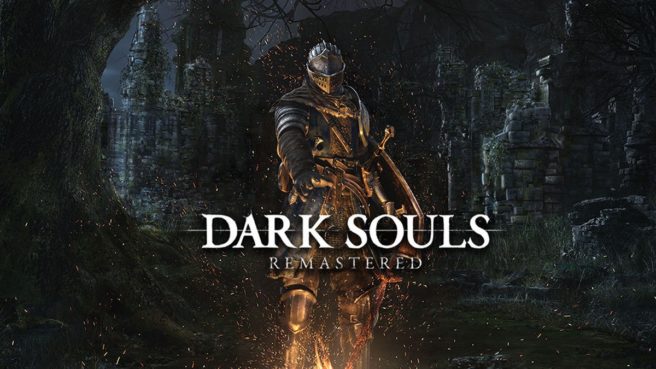Virtuos says it has a dedicated Switch team, talks developing for TV / handheld modes and company’s porting strengths
Posted on January 2, 2021 by Brian(@NE_Brian) in News, Switch
In a previous interview with Automaton Media, key developers from Virtuos (Andy Fong and Lukas Codr) sat down to detail their porting process for Switch games. Keen readers might recognize the studio’s name from the likes of Dark Souls: Remastered, BioShock: The Collection, XCOM 2 Collection, and more.
During the interview, Virtuos confirmed that the studio has a dedicated team to work on Switch projects. The developers also spoke about developing for TV / handheld modes and where the company’s strengths lie when it comes to handling Switch ports.
Check below the break for the full translation of the excerpt by Nintendo Everything’s Oni Dino.
Virtuos has worked on many titles for the Nintendo Switch. Do you have a dedicated team to port games specifically to the Switch?
Andy Fong: Yes, we have a full-time team of experts working on Nintendo Switch development projects. The Shanghai team is made up of 40 programmers, and the Chengdu team is 20 programmers.
Lukas Codr: Ports to new platforms are led by a producer who oversees the entire project. This person works closely with the technical director and art director who are in charge of the engineers and artists on each team. Depending on the project, we also have: a data manager responsible for creating builds, setting up development branches, and more; several designers who help tweak the controls and UI; and a QA lead.
What are the differences in performance between TV mode and handheld mode?
Fong: GPU clock speeds are twice as high in TV mode. To make up for this, the resolution in handheld mode is typically lower. For example, if the resolution in TV mode is 1080p, and handheld mode is 66% of TV mode, then it should be 720p when handheld.
In our experiences thus far, it’s easy to pinpoint where performance is going smoothly or poorly in TV mode. However, in order to cover all our bases, the QA team is constantly playing the game in both modes – collecting and comparing performance data in both. Generally speaking, the game’s performance will decrease in TV mode when there are a lot of transparent particle effects or heavy post-processing effects. However, this is not always the case, so we need to test the entire game out. Our goal is to deliver equivalent visuals in both modes, outside of the resolution. Therefore, we do our absolute best to optimize both modes as much as possible.
What are Virtuos’ core strengths in handling Nintendo Switch ports?
Fong: First of all, we have over a decade of experience in developing games for a variety of devices of varying capabilities. In particular, we have experience porting games to mobile devices and portable game consoles. This allows us to not only manage the hardware limitations we tend to face but also plan for them.
Additionally, we have considerable experience with a variety of technologies, including commercial game engines such as Unreal Engine 3 and 4, Unity, and in-house engines, as well. That gives us an understanding of how to approach each technology and incorporate it into our porting strategies.
Codr: The majority of companies in the business of porting games to the Nintendo Switch have been progressively improving their techniques. At first, projects usually involve simple and safe optimizations. The reason is that developers are still in the midst of researching the new platform and learning its strengths and weaknesses. Our engineers and artists continue to level up from all of their experiences working on multiple projects. We’ve learned a lot of skills and have a lot of knowledge under our belt now, so I’d say we’re several levels higher than less experienced teams.
